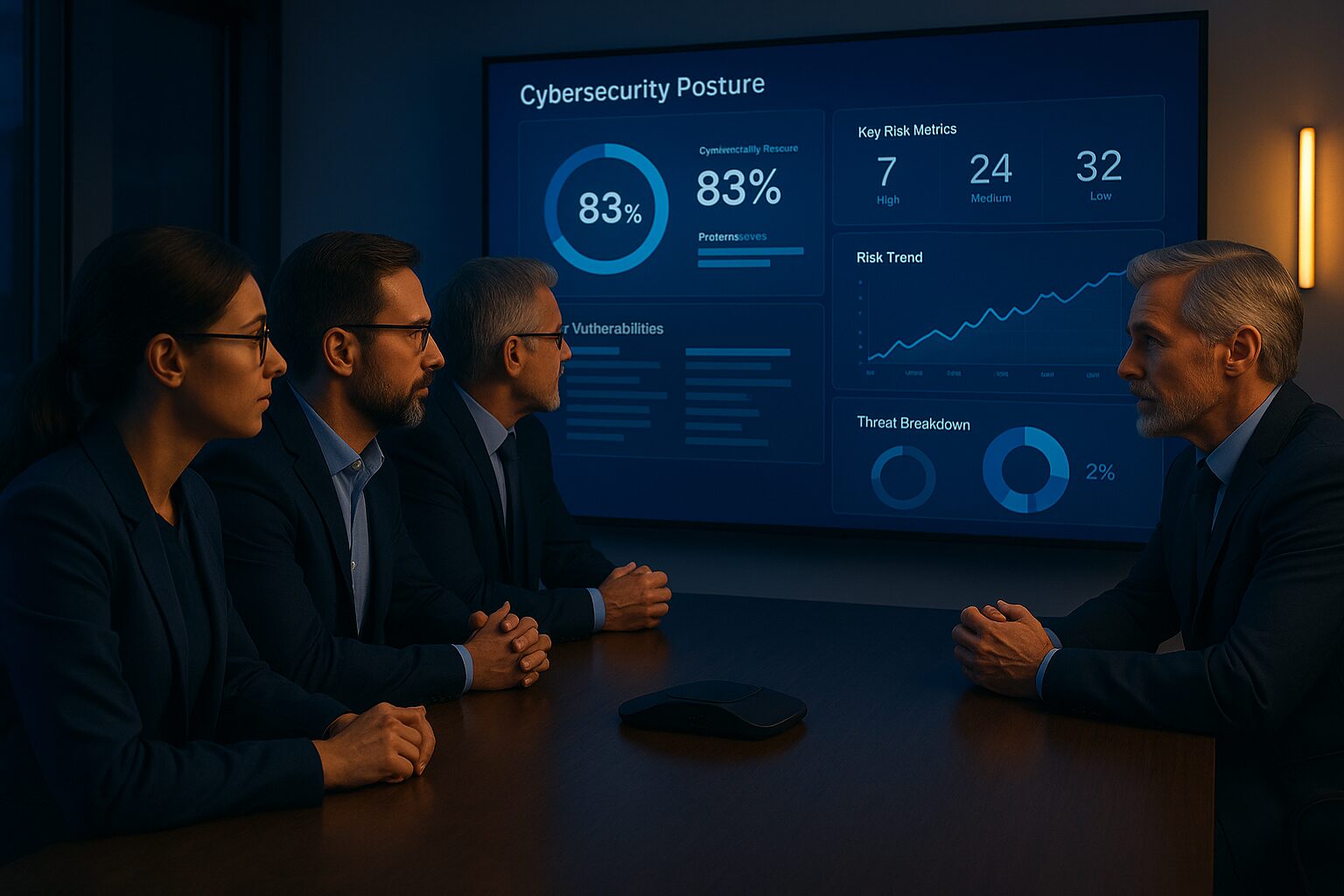Deciding between building an internal IT department or partnering with a managed services provider (MSP) isn’t just about who fixes your tech issues—it’s a foundational choice that shapes how your business operates, protects its data, and scales for growth.
As we move deeper into 2025, the pace of technological change, rising cybersecurity threats, and economic pressure make this decision more critical—and more complex—than ever. Whether you’re a lean, fast-moving business or a growing mid-market company with bigger ambitions, the question remains the same: Do we build our IT team in-house or outsource to a trusted partner?
Let’s break down the real costs, risks, and strategic implications of both options.
The Financial Reality of Outsourcing vs Internal IT
Before we get into strategy, let’s talk numbers. Cost is often the first (and sometimes only) factor businesses consider when deciding between in-house IT and outsourced services. But it’s not just about salaries vs. vendor fees—there are hidden costs, long-term commitments, and value trade-offs in both models.
Not Sure Which IT Model Fits Your Business? Let’s Talk.
The Real Cost of Building an Internal IT Department
Hiring internally gives you full-time, on-site control—but that control comes with a high price tag.
Salaries & Benefits: A single IT manager typically earns between $65,000 and $85,000 per year. With benefits like healthcare, retirement, and PTO added in, that cost can quickly climb to $88,000 to $120,000 annually per person.
Ongoing Training: Technology changes fast. Keeping your team up-to-date usually requires an additional $3,000–$5,000 per employee per year in training and certifications.
Tools & Infrastructure: On top of payroll, you’ll need to budget for software licenses, cybersecurity platforms, backup tools, monitoring systems, and hardware upgrades—none of which are one-time expenses.
What You're Paying for With Managed IT Services
Outsourced IT operates on a different model—one that’s built around predictability and scale.
Flat, Predictable Pricing: For a business with 40 employees, a managed IT plan typically costs around $60,000 annually, or about $125 per user per month. That includes 24/7 support, cybersecurity, proactive monitoring, and strategic consulting.
Scalability Built In: Need to grow fast or cut back temporarily? Managed services offer the flexibility to adjust without the friction of hiring or downsizing.
A Team of Specialists for Less: Instead of hiring a single generalist, you gain access to a full team—network engineers, cybersecurity analysts, compliance pros, and cloud architects—often for less than the cost of one full-time salary.
Strategy and Scale: What IT Models Impact Growth
Cost matters, but IT is about more than balancing spreadsheets. The model you choose can shape your business’s agility, risk profile, and ability to adapt to new technology. Here’s how in-house vs. outsourced IT compares on a strategic level.
Control and Visibility with Internal IT
An internal IT team gives you proximity and familiarity—they’re right there, working in sync with your people and culture. But managing IT in-house means you’re responsible for everything: tech strategy, maintenance, updates, and dealing with emergencies as they come.
With an MSP, you hand off much of that responsibility. You don’t lose visibility—you gain breathing room. Managed providers bring structure, best practices, and dedicated expertise, so your leadership team can focus on growth and customer experience rather than troubleshooting outages.
Security & Risk Management
Cybersecurity isn’t a side job—it’s a full-time, ever-changing battle. If you’re managing IT in-house, staying protected means constant training, monitoring, and investment in tools that can be expensive to acquire and complex to maintain.
MSPs, on the other hand, deliver enterprise-grade protection at a fraction of the cost. They typically include:
- 24/7 threat monitoring
- Vulnerability assessments
- Firewall and endpoint protection
- Compliance frameworks like HIPAA, PCI-DSS, and FTC Safeguards
It’s security as a service—and it comes backed by people who live and breathe it.
Downtime, Risk, and Resilience: Who's Got Your Back?
When disaster strikes—whether it’s a cyberattack, system failure, or natural event—you need a plan that kicks in immediately.
Most MSPs build business continuity and disaster recovery (BC/DR) into their offerings, with:
- Automated backups
- Cloud-based recovery
- Redundant systems
- Tested recovery processes
Replicating that level of resilience in-house is possible—but it requires significant investment, both in technology and planning.
Book Your Free IT Cost Optimization Assessment
Choosing the Right IT Model for Your Business
There’s no universal answer. What works for one business might not make sense for another. But by weighing these considerations, you can make a decision that fits your goals—not just your budget.
Here are a few places to start:
- Budget & Resources
Can you afford to build an internal team with the tools and training they’ll need to succeed—or would that money go further with a managed partner?
- Complexity of Operations
Do you have a relatively simple environment, or are you managing multiple locations, remote teams, and a mix of on-prem and cloud-based systems?
- Growth Trajectory
Are you planning to scale aggressively, pivot into new markets, or integrate new technology? The flexibility of outsourcing might better support that pace of change.
Conclusion
This isn’t just a decision about tech—it’s a decision about how your business works. For some, having in-house IT means stronger internal alignment and real-time responsiveness. For others, outsourcing unlocks access to deeper expertise, stronger security, and a leaner, more agile approach.
In the end, the goal is the same: a reliable, secure, and scalable IT environment that supports your business—not one that slows it down.



